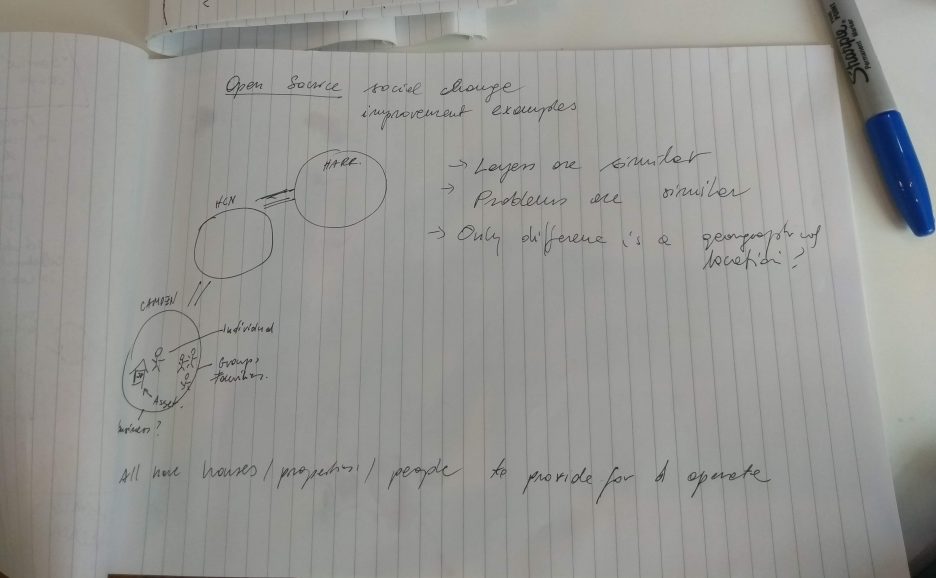Housing in crisis: how can design help?
Last week, I attended ‘Design on the inside’, where five brilliant people spoke up about their experience and involvement in solving difficult social challenges. The topic was “Housing in crisis – how can design help?”
Food for thought: Get passionate people together and let them share and discuss their experiences, challenges on how they work on making stuff better for society.
Jay Mistry | National Housing Federation
Jay Mistry, Housing Innovator at National Housing Federation, discussed the challenges teams face when trying to improve housing services. He is currently collaborating with the ‘Greenhouse’ project, an innovation programme to develop new ideas that help tackle society’s biggest challenges and help transform the lives of people across the country.
On the topic of the design thinking process, Jay explained, “Start with the insights, get under the skin of the problem.” He sheds light on the importance of understanding and “falling in love with” the problem and listening to the users. He says And then get into ideation on solving these
“Listen to our customers and learn about our assets.”
Jon Foster | Housing Camp
Jon Foster, the co-founder of Housing Camp, discussed homelessness and temporary accommodation and how challenging it is to work within that space. He described the life problems people are facing, explaining “It’s very chaotic. We need to step back and think: what do we know about our people? What do we know about what we have?” He explained that most of those issues boil down to policy.
Louise Wyman | Homes England
Homes England is a government agency under the Ministry of Housing. They have a lot to offer, including land and old buildings that could be converted and ultimately access to a lot of finance.
Louise Wyman, Head of Strategy at Homes England, spoke on how “design will be a fundamental way they change the agency”.
There was mention of Landscape Architecture, which got me thinking more about how knowledge in urban planning and understanding the design of public spaces for society and its needs can help in creating better places for people to live and thrive.
“We need to fall in love with multiple solutions and make them happen quite quickly.”
Alastair Parvin | Open Systems Lab
We heard from Alastair Parvin, the CEO of Open Systems Lab, who discussed an interesting open source project called WikiHouse, an open source project to reinvent the way homes are made. He also explained how inflation is what causes housing crisis (unaffordable houses), saying “Inflation of houses, not from a supply demand, it was oversupply of the credit, not undersupply of housing.” He expressed that, “Affordable housing is a cruel joke. 20% affordable housing is an offence because it means that remaining 80% is unaffordable.”
Chris Hildrey | Proxy Address
Chris Hildrey, a London-based architect, spoke about the problem people face when they lose their “consistent address”. As an address is also a means of identification, anyone who becomes homeless immediately gets cut off from basic services – benefits, a bank account, employment, a driving licence- all necessary in order to recover in such a crucial circumstance. As Chris says, “They lose support when they’re most vulnerable”. It’s a catch 22 problem.
Chris created Proxy Address, “A system that allows those faced with homelessness to avoid being severed from support the moment they lose an address. “ This system provides stable addresses throughout periods of instability for those who need it most.
I am now thinking about how I can get involved and use some of my knowledge to contribute. How can I help? That’s a broad topic which I will ponder on a lot, and then figure out how to take action on that.
